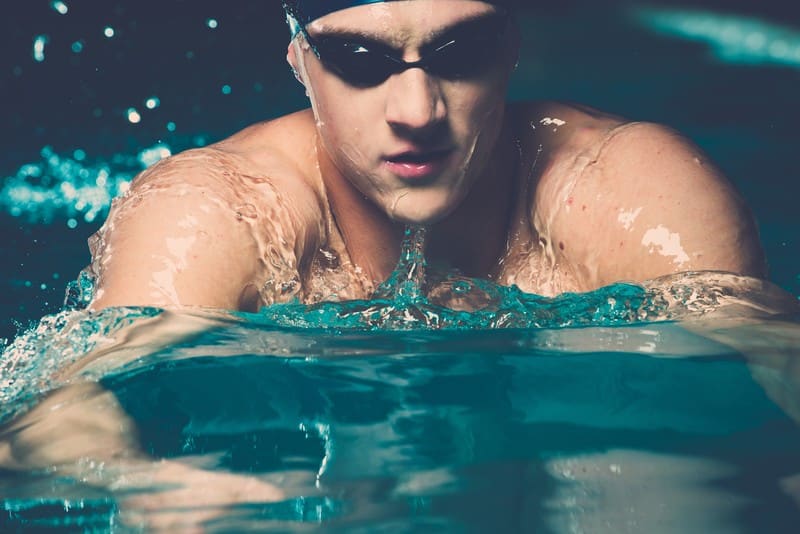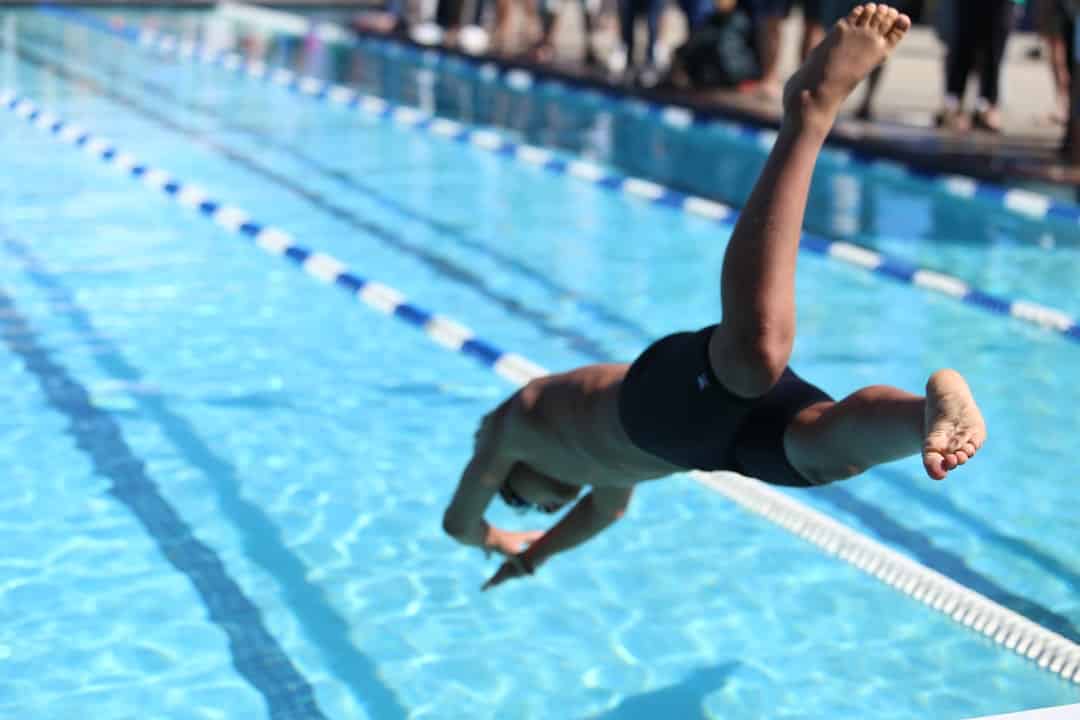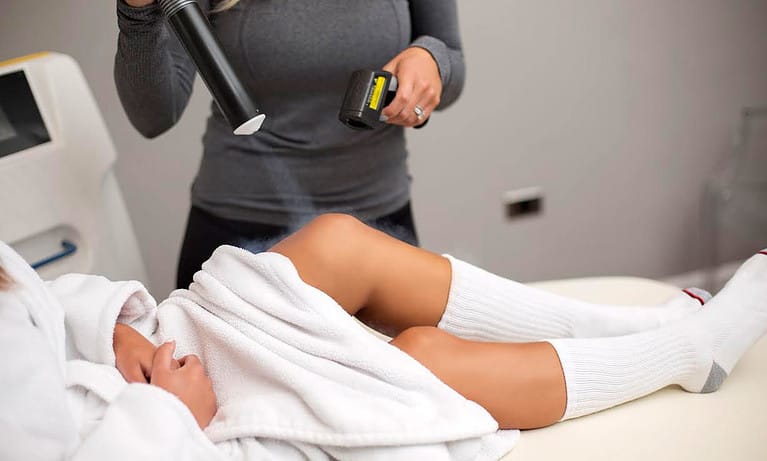Cryotherapy After-Care: Can I Swim After Cryotherapy?
Cryotherapy, an increasingly sought-after wellness practice, has been growing in prominence recently. One question that we often get is, can I swim after cryotherapy? Is it safe to jump into the pool or any body of water after immersing in extremely cold temperatures?
In this blog post, we’ll explore what cryotherapy is, how can I swim after cryotherapy, and tips for maximizing the benefits of cryotherapy.
Table of Contents
What is Cryotherapy?
Cryotherapy is a therapeutic treatment that uses extremely cold temperatures to treat various medical conditions. It has been used for centuries in many cultures and continues to be popular today as an alternative form of therapy.
In cryotherapy, the body is exposed to very low temperatures ranging from -200°F to -320°F. This type of therapy can involve full-body exposure or localized treatments depending on the condition being treated.
Cryotherapy can provide pain relief from inflammation caused by various conditions such as arthritis, injuries, chronic fatigue syndrome, and fibromyalgia, in addition to improving circulation and reducing stress levels.
Moreover, cryotherapy can help soothe the nervous system and boost circulation, which in turn may improve sleep quality, increase energy levels, aid muscle recovery post-workout, and reduce symptoms of depression or anxiety.
While cryotherapy can be an effective treatment for pain relief and inflammation, it’s important to understand the potential risks before engaging in any activity after cryotherapy – such as swimming.
Can I Swim After Cryotherapy?
Post-cryotherapy swimming can be advantageous for the body, though certain hazards must be taken into account. Knowing what these risks are and how to mitigate them is essential to stay safe and healthy.
Post-cryotherapy swimming carries the risk of hypothermia due to a rapid decrease in body temperature, as well as possible dehydration if you were not sufficiently hydrated during the procedure.
Swimming after cryotherapy can also lead to muscle cramps. And because cold water constricts blood vessels, it can result in a sharp rise in blood pressure or even cardiac arrest in extreme cases.
To reduce the risk of any adverse effects from swimming after cryotherapy, wait at least an hour after your session before taking the plunge. This gives your body enough time to adjust back to its normal temperature without going into shock.
Make sure that you warm up your muscles by doing some light stretching exercises or walking around for 10-15 minutes before jumping in the pool. This will prevent any unexpected muscle cramps while swimming.
Drink lots of fluids to ensure you stay hydrated when going from the cryo chamber to the pool.
Swimming after cryotherapy can be done safely if proper precautions are taken. In the next section, we’ll discuss how to properly prepare for swimming after a cryotherapy session.

(Source)
How to Prepare for Swimming After Cryotherapy
Swimming after cryotherapy can be a great way to take advantage of the therapeutic benefits that this treatment offers. To ensure that you get the most out of your swim, it’s important to prepare properly.
Choose the Right Pool Temperature
The temperature of the pool is an important factor when swimming after cryotherapy. If the water is too cold, it could cause discomfort and impede circulation. If it’s too hot, it could lead to overheating or dehydration.
A good guideline is to pick a pool with a temp of 84°F to 86°F for the best comfort and safety.
Wear Appropriate Clothing and Accessories
When swimming after cryotherapy, you should wear comfortable clothing that won’t restrict movement or circulation in any way – such as loose-fitting boardshorts made from lightweight fabrics like spandex or nylon.
Wearing goggles will also protect your eyes from chlorine irritation while allowing you to see clearly underwater.
Take Care of Your Skin
Wear sunscreen if you are going to swim outdoors. You should also prioritize protecting your skin from the potential irritants of chlorine and bromine found in pools.
Tips for Maximizing the Benefits of Swimming After Cryotherapy
Prior to swimming, performing dynamic stretches such as arm circles or shoulder rolls is beneficial for increasing flexibility and reducing muscle tension.
Stretching can be beneficial in many ways, such as enhancing suppleness, reducing muscle strain, improving joint mobility, and promoting blood circulation.
After swimming, take a few minutes for static stretches like forward folds or lunges to help cool down your body and keep you limber.
When engaging in physical activity like swimming after cryotherapy, it’s essential that you stay hydrated throughout the entire process. Make sure to drink plenty of water before getting into the pool so that your body has enough fluids for optimal performance while you swim.
Also, be sure to drink water during breaks. This will prevent muscle cramps while also helping with recovery by replacing lost electrolytes.
Good breathing technique is key when it comes to improving endurance while swimming after cryotherapy sessions. To maximize efficiency in the pool, try using a two-stroke cycle where you inhale on one side and then exhale on the other side as you move through each stroke cycle (one full rotation). This will ensure that oxygen gets evenly distributed throughout your body, which can help boost performance levels.
Conclusion
Can I swim after cryotherapy? Yes, you can! Just make sure you follow the guidelines outlined above and always consult with your doctor before engaging in any physical activity following cryotherapy.
With proper preparation, you can enjoy all the health benefits that come from participating in an enjoyable form of exercise like swimming after undergoing cryo therapy.
Take charge of your health and well-being today by exploring our comprehensive resources on the benefits of cryotherapy and swimming. Discover the answers you need to make informed decisions about smart living now!







